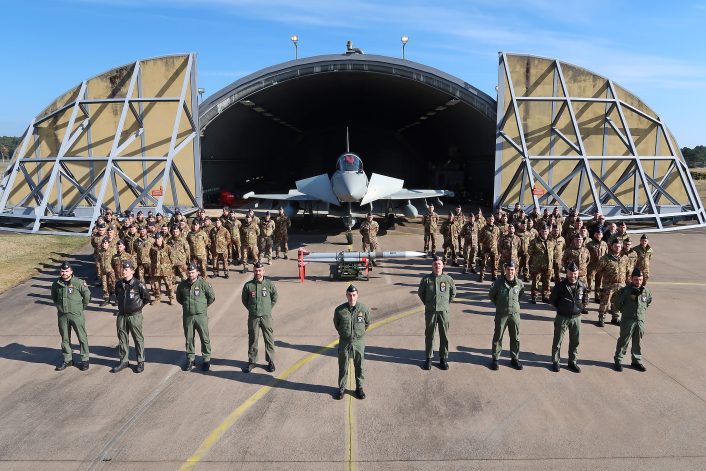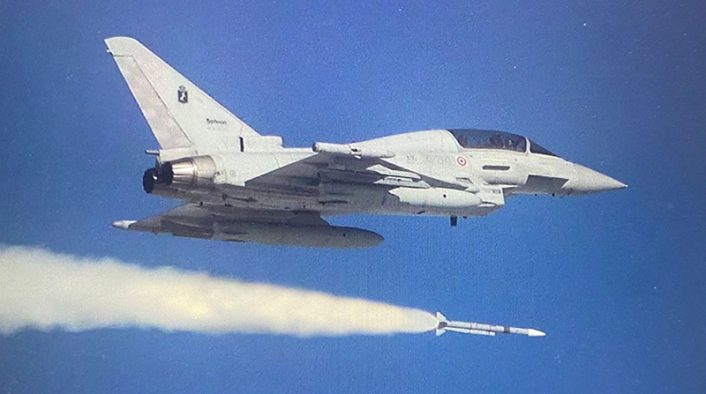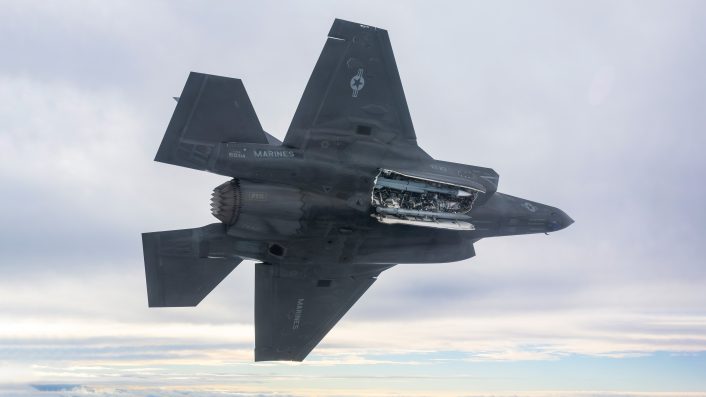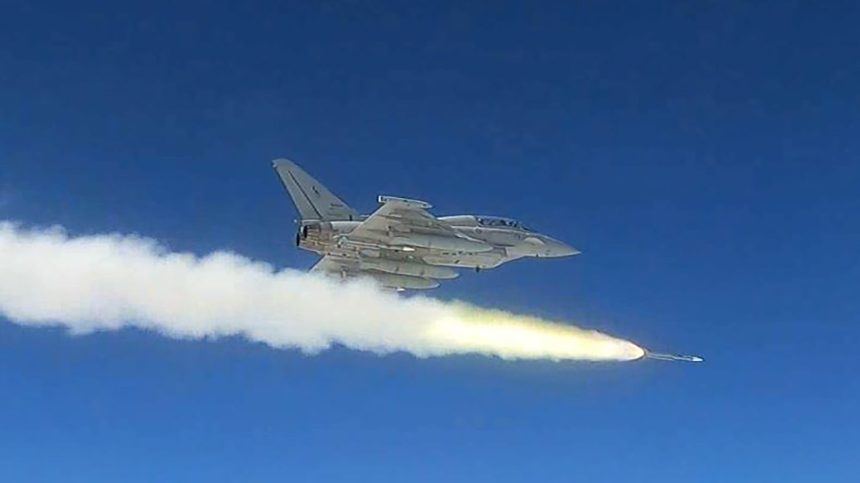The Italian Air Force conducted a live firing campaign at the UK‘s Hebrides range, with Typhoons and F-35s involved.
The Italian Air Force has announced the conclusion of the second phase of the Operational Test & Evaluation (OT&E) of the Eurofighter Typhoon for the employment of the Meteor Beyond Visual Range Air to Air Missile (BVRAAM). Similarly to the first phase, the live firing campaign was conducted at the Hebrides Range in the UK.
According to the service, the activities were carried out from RAF Leuchars and RAF Lossiemouth in the first days of March 2025. The Typhoons employed both the Meteor and the AIM-120C-5 AMRAAM (Advanced Medium Range Air to Air Missile).
Interestingly, the Italian F-35As also took part to the campaign, firing AIM-120s. The service said that the F-2000s (as the single seat Eurofighter is designated in Italy) operated during this type of activity for the first time in an integrated manner with the F-35s.
While the number of aircraft involved was not disclosed, at least two TF-2000 (as the twin seat Eurofighter is designated in Italy), one launching the weapon and one safety chase, and two F-35 should have been deployed to the UK.
Italian Meteor OT&E
The latest live firing campaign is part of the planned operational verification activities of the F-2000A weapon system, with the aim of evaluating different types of armament, sensors and capabilities development software needed to undertake the wide variety of mission that the aircraft is called upon to carry out.
This was the second launch campaign with the new BVRAAM missile, whose integration was made possible by the P2E(b) – Phase 2 Enhancement bravo – upgrade. The service also mentioned that this upgrade recently entered service.

The P2E(b) configuration, according to info available online, corresponds to the Service Release Package (SRP) 22, which includes the Production Software Package (PSP) 5 and the Production System Configuration (PSC) 22. The latter defines the combination of electronic hardware and software and is referred to as the most accurate description of the actual capabilities.
Similarly to the first campaign, the purpose of the latest tests was to assess the behavior of the weapon in conditions representative of possible operational scenarios, against real targets remotely controlled from the ground. The campaign included scenarios of increasing difficulty, under the responsibility of the Typhoon Operational Evaluation Team which included personnel from the Reparto Sperimentale di Volo (Flight Test Unit), Weapon Instructors from operational units and mission data specialist from the Reparto Supporto Tecnico Operativo Guerra Elettronica (Electronic Warfare Technical Support Department).
The test saw the use of the Meteor Telemetered Operational Missile (TOM) and Typhoons equipped with Flight Test Instrumentation (FTI). These allowed real time control and monitoring of all the flight parameters, enabling safe and efficient activities to verify the real behavior of the weapon.
While the F-35s involved in the test campaign did not employ Meteor, Italy is sponsoring its integration on the F-35A. The UK is currently leading the integration campaign for the F-35B at the F-35 Patuxent River Integrated Test Force (Pax ITF), with the first flight of the Lightning II equipped with Meteor in February 2025.
As you may know already, the Italian Air Force operates both the F-35A and F-35B, while the Italian Navy, the Royal Air Force and the Royal Navy operate the F-35B only. Both countries decided to integrate on their F-35s the same European weapons used on the Typhoon.

Meteor BVRAAM
The Meteor Beyond Visual Range Air to Air Missile (BVRAAM) was developed by a group of European partners led by MBDA to meet the needs of the UK, Germany, Italy, France, Spain and Sweden. Considered one of the most lethal BVR missiles available today, Meteor is powered by a ramjet propulsion system, a solid fuel, variable flow, ducted rocket.
The advantage over a standard rocket motor, like the one used by the AIM-120 AMRAAM, is that the ramjet is throttleable, meaning that the missile can throttle back its engine during cruise and then throttle up at close distance from the target to obtain the highest possible energy state during the terminal attack.
This way, Meteor can provide a larger No-Escape Zone without losing precious energy while countering the target’s defensive maneuvers. A datalink provides mid-course updates about the target sent by the launcher aircraft to increase the Probability of Kill (Pk). The missile is equipped with both impact and proximity fuses and a fragmentation warhead to maximize the lethality.

Meteor has currently been integrated on the Typhoon, Gripen and Rafale and is being integrated on the F-35 and the KF-21. In fact, the South Korean fighter is scheduled to be equipped with two European air-to-air missiles, Meteor and IRIS-T.
In 2021, a Typhoon rendering showed an astonishing “Beast Mode” with 14 Meteors and two IRIS-T (InfraRed Imaging System Tail-Thrust Vector Controlled) short-range air-to-air missiles, along with an external fuel tank on the centerline station. This quite improbable configuration was obtained by using twin missile rails on the two inner pylons, however the most likely configuration would see the Typhoon equipped with up to six Meteors.
The Italian Air Force has selected the long-range missile for the Eurofighter fleet but it was apparently slower in fielding it, compared to other partner nations that have already been using it for several years. Considering that the use of the Meteor was a declared theme of some of the latest exercises, it’s safe to believe the missile will soon appear on the Italian Typhoons.









